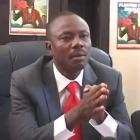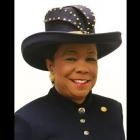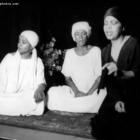ADVERTISEMENT
People
Pierre Richard Casimir requests OAS assistance for realization of election
Here is a picture of the new Minister of Justice and Public Security, Pierre Richard Casimir as he was requesting OAS assistance for realization of election in Haiti
Not leaving anything to chance, especially with the recent history of elections in Haiti, Justice Minister Pierre Richard Casimir, in a meeting with Ambassador Frédéric Bolduc representing the OAS, asked the organization to help the country meet their election target. The wish is to have Haiti hold their elections before the end of the year, as well as to have the process be inclusive, free, democratic and honest. An agreement was reached for work to be done on a renewal of the official instruction of the judges, and an extension of the legal assistance program.
Pierre Nord Alexis, President of Haiti
A picture of Pierre Nord Alexis, President of Haiti
Pierre Nord Alexis drifted into politics, finding himself on the opposition to the governing president of the time, President Salomon. During this period, he found himself on the other side of the law, as his very vocal opposition would have him imprisoned multiple times before a revolt put paid to that president too. Luckily for him, the new head of state, President Florvil Hippolyte, was in his corner, and Alexis was given a military post of some importance.
Fast forward many years and more intrigue, at the age of 82, Alexis led his loyal troops with him into the Chamber of Deputies. He had thus seized power, becoming the 19th president of the country. He would keep this power for six years, ruling through a time when many rebellions against his administration were many. In December of 1908, the power was wrested from him and he took up exile in Jamaica, before moving to the states with his family.
President Nord Alexis in 1908
This is a picture of President Nord Alexis in 1908.
Already in his 80s when he was elected as President of the Republic, Pierre Nord Alexis had seen the fulfillment of a promising military career, before even turning his eye to politics. Born in August 1820, military service was in his blood as the son of Nord Alexis, an official with a high rank within the regime of Henri Christophe, who was also Pierre's grandfather through his illegitimate daughter, Blézine Georges. This legacy would lead him toward the call to duty early, and he joined the army as a teenager under the President, Jean Louis Pierrot.
his journey through the army, however, was not a smooth one. By 1874, he been exiled, unable to return to the country for many years until after a new President was elected.
Jean-Nicolas Nissage Saget, President of Haiti
Here is a picture of Nissage Saget, President of Haiti
Jean-Nicolas Nissage Saget was the president who succeeded Sylvain Salnave in 1869. Probably his greatest achievement was being the country's first president to serve out his entire term in office, having ruled from 1869 until his voluntary retirement in 1874.
Many years later, he left farm life behind and joined the army. He found great success, flying through the ranks quickly until he was awarded command of the military base in Leogane. Sagat earned himself a fair bit of goodwill when, following President Faustin Sououque's abandonment of the Democratic Republic to set himself up as Emperor, the two men didn't see eye to eye. The tension came to a head after General Sagat's continued refusal to bend to the will of the President's order to execute citizens falsely accused of conspiring against the state.
President Nissage Saget, born in St Marc
Here is a picture of President Nissage Saget, first Haitian president to serve out his term of office form 1869 to 1874
Born in September 1810 to a relative of the war hero, Jean Jacques Dessalines, Saget was one of five children. By the age of eight years old, he became the only one of his siblings still alive following an outbreak of yellow fever. Following high school at the Lycee National de Port-au-Prince President Saget started adult life working on his father's farm.
Saget was chained and brought to St. Mark's, where he was imprisoned and suffered much abuse. Following Soulouque's fall, Saget was reinstated as Commander of the base at Leogane. Then Saget, in 1869 would lead a troop into Port-au-Prince where, with the approval of the masses, Salnave was killed. Following this victory, Parliament mandated Saget's presidency for four years.
Michel Domingue and General Igracio Gonzalez in 1875
This is a meeting between President Michel Domingue and General Igracio Gonzalez in 1875.
One of his first moves as president was to appoint himself a public function manager. In the capacity of the President of the Council of Secretaries of State, Septimus Rameau became, in essence, the true president of the country while Domingue was considered largely a figurehead. Another of Dominique's earliest acts was to sign an agreement with their neighbors, the Dominican Republic, stating that both nations recognized the other's individual sovereignty in an attempt to stop many years of conflict. To this end, it was Septimus Rameau who dealt with the Dominican president, Ignacio Maria Gonzalez. President Domingue's chief of staff was sent in his stead to make preparations for the agreement.
Soon, the issues of fraud and corruption, though not that of the administration, caused moves that would lead to Septimus Rameau being assassinated following accusations of having two generals killed, and Domingue himself seeking refuge in the United States embassy before gaining asylum as an exile in nearby Jamaica. He would die a year following the 1876 end of his term as president.
Michel Domingue, President of Haiti
Here is a picture of Michel Domingue, President of Hait from June 14, 1874 to April 15, 1876.
Haiti's 11th President was one with extensive military training. Born Michel Domingue in Les Cayes in 1813, Domingue went straight from military training into the army units of the Sud Department, where he became a commander. Following this period, General Domingue was made the Haitian Army's Commander-in-Chief. He then entered the capital city with an undeniable force of troops behind his candidacy. He began a sort of presidency on May 8, 1868 as the head of the autonomous south states of Haiti. Though it wasn't until June 11, 1874 that he became president of the Haitian Republic.
Jean-Pierre Boyer and American black migration
During the 1820s, six thousand black Americans were taken to Haiti as part of a migration scheme in which President Jean-Pierre Boyer had a heavy hand. It followed Haiti's establishment as a free black state and was an open invitation for black Americans to find freedom from slavery in Haiti. Many think the plan failed, but for different reasons, one was that thousands returned to the U.S., and the other was because the expectations of the prospect weren't considered met.
Williams Régala, member of Haiti's National Council of Government.
Here is a picture of Mr. Williams Régala, a former member of Haiti's National Council of Government. He participated in the council of February 1986. During the dictatorship of Jean-Claude Duvalier, he was the head of the secret service. Williams Régala was also Minister of Defense during the short lived government of Leslie Manigat. He also occupied the position of Interior Minister under the National Council.
Jean-Pierre Boyer and Payment of indemnity to France
After defeating France, Boyer and the Haiti had to practically buy its independence from the European country at the sum of 150 million francs. The sum, which was to be paid within five years had to be reduced to 90 million francs years later, and the badly pauperized Haiti had to borrow the money from France itself. They had found themselves in an untenable situation as Boyer was eager to have the country declared independent. Productivity had fallen and the President attempted to implement a system of semi-feudal fermage to combat the change.

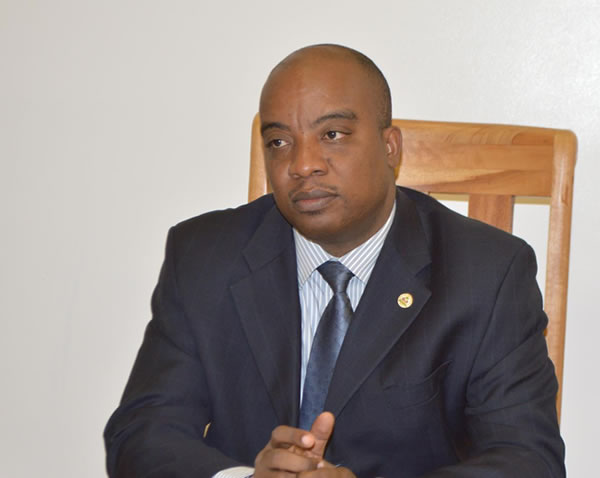
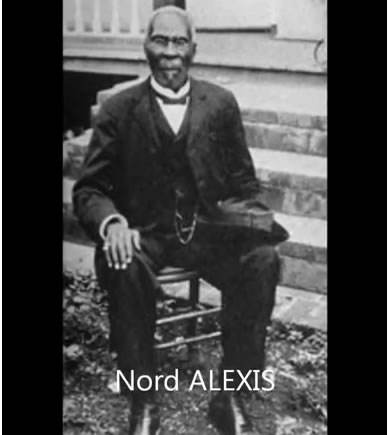


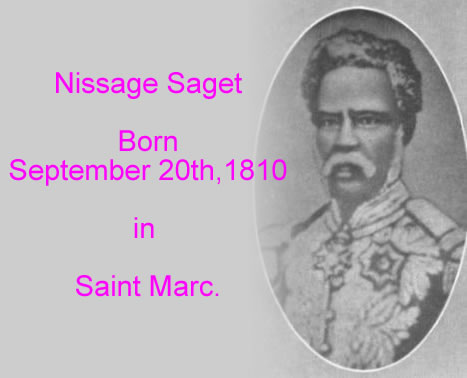
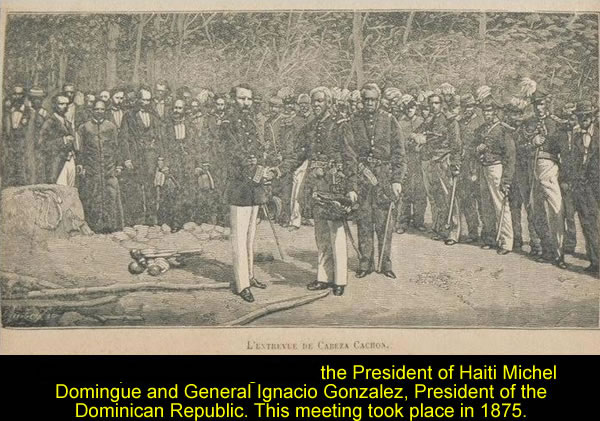
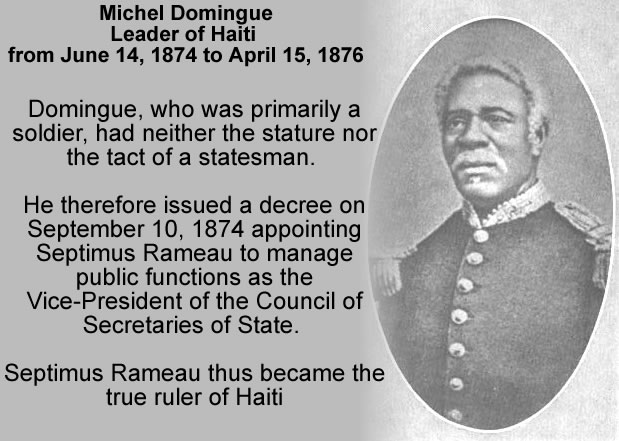
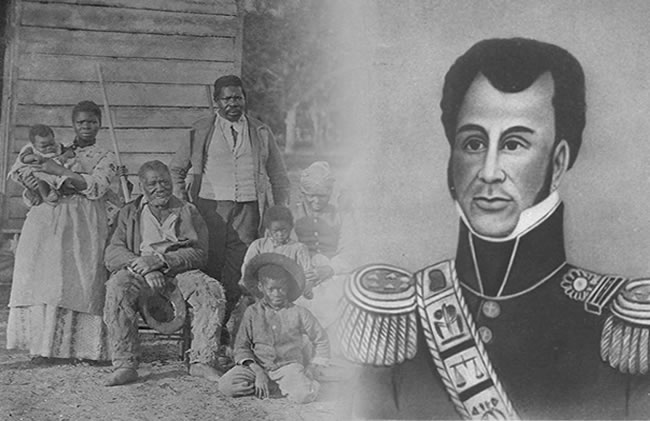
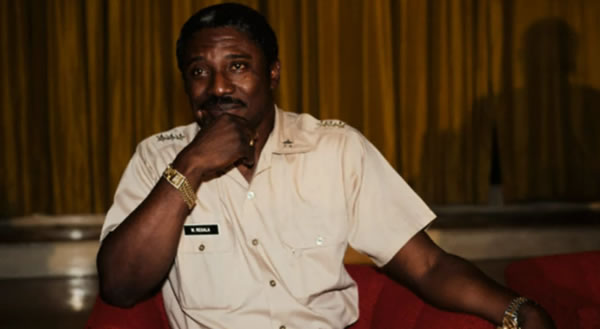
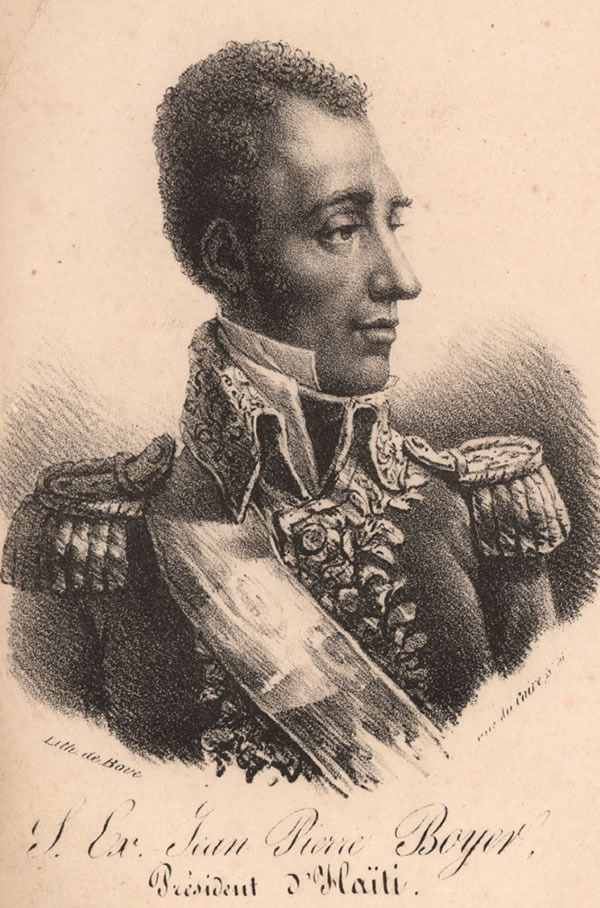
 Haiti License Plate or Plaque d'immatricules a DGI
Haiti License Plate or Plaque d'immatricules a DGI 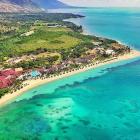 Royal Decameron Indigo and White sands
Royal Decameron Indigo and White sands 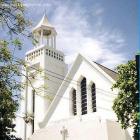 Nouveau College Bird in Port-au-Prince, Haiti
Nouveau College Bird in Port-au-Prince, Haiti 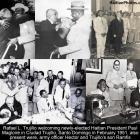 Rafael L. Trujillo welcoming Paul Magloire in Santo Domingo
Rafael L. Trujillo welcoming Paul Magloire in Santo Domingo 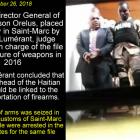 Former PNH Chief, Godson Orelus, arrested for illegal arm...
Former PNH Chief, Godson Orelus, arrested for illegal arm... 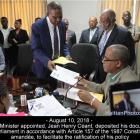 Jean Henry Céant deposited documents in Parliament for...
Jean Henry Céant deposited documents in Parliament for... 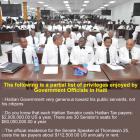 Partial list of privileges enjoyed by Government officials in...
Partial list of privileges enjoyed by Government officials in... 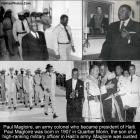 Paul Eugène Magloire, born in Quartier Morin
Paul Eugène Magloire, born in Quartier Morin 